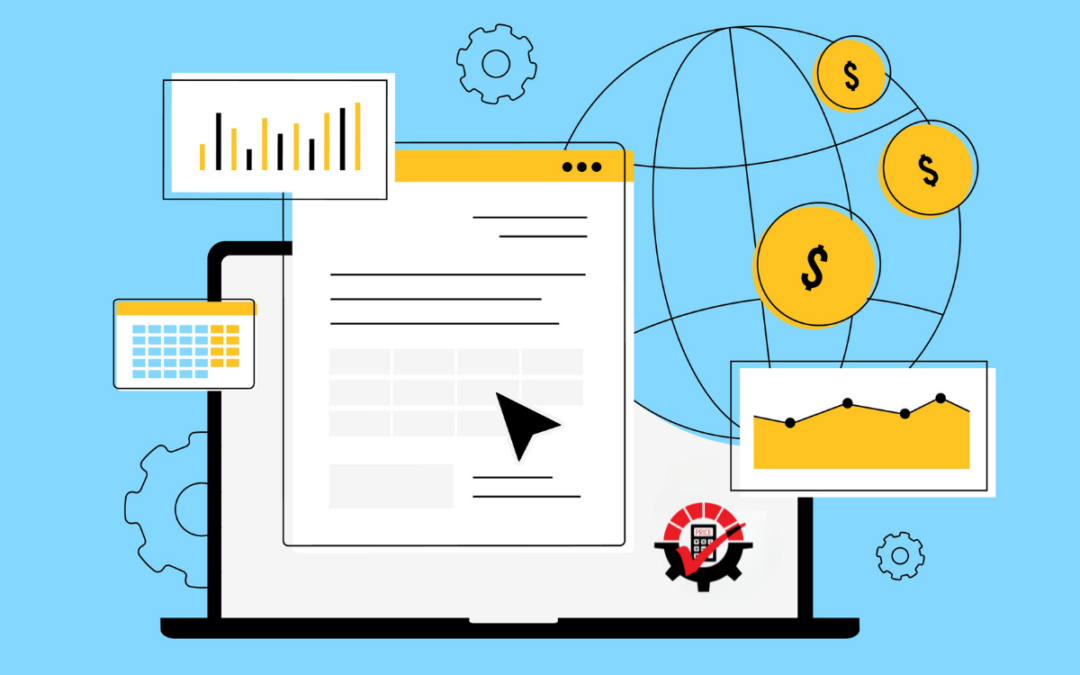Are you part of Enable’s surveyed one-third of companies that uses spreadsheets to negotiate, document, and share deals? Are you looking for a more dynamic solution to track rebates, discounts, promotions, or other price adjustments? Then, you’ll find a rebate management system can help collect data from Acumatica, model and monitor price changes (including, but not limited to, rebates), and provide real-time information for each team that needs it.
Spreadsheets Miss Opportunities to Price Dynamically
The challenge with spreadsheets is financial managers, distributors, manufacturers, and commercial and executive teams cannot dynamically manage rebates. Thus, they cannot easily provide customer segmentation, standardization, or tracking and reconciliation, which are three valuable best practices for managing rebates. Why is that a big deal?
First, customer segmentation can be a handy tool in pulling customers along the stages of the sales funnel. You can give a loyal customer a volume discount or quantity break, while a first-time buyer might like a 10% off on their next purchase or on a different product or service. However, spreadsheets have trouble (and requires a lot of effort) distinguishing between a loyal customer and a first-time buyer. As a result, you’ll be feeding the same price to each customer even though they are not the same. Spreadsheets miss an opportunity to give the right customer the right price at the right time.
Standardizing your rebate process can pass rebates onto customers easier and quicker, which creates a happier, more loyal customer. Because spreadsheets is a multiplied, varied process across departments, standardization can be hard to come by. This leads to how standardization can help track rebates. Financial or sales team usually dig sales invoices to find rebates being offered, leading to disgruntled customers and employees. The solution to customer segmentation, standardization, and tracking rebates is simple: a rebate management software.
How Can a Rebate Management Software Help
Manual data entry in a spreadsheet, though a good idea for simple records and limited data analysis, can clearly harm potential profit opportunities. A rebate management software can help you give the right customer the right price at the right time. The purpose of a rebate management system is to automate the rebate relationship between business and customer or vendor and business. It can help your business facilitate agreements, pricing, and tracking resulting in saving time, increase accuracy, and quicker service. All these benefits can help improve your pricing strategy and drive your profit upward. Plus, just think of how much time and effort will be saved when you don’t have to track, investigate, and cross-reference every single rebate, discount, or price change.
What to Look for in a Rebate Management Software
The best rebate management software out there will cover all aspects of the price change process, from contract to payment. You should look for a comprehensive, up to date dashboard, a seamless integration with multiple systems (say Acumatica and your ecommerce store?), and real-time that is accessible to the right team members.
Would RPM Be Considered One of the Best Rebate Management Software?
If you’re looking to automate the rebate process, track the rebate or other discount to the GL account (no more digging), or calculate the adjustment and review if it affects your margin in Acumatica, then yes, Rockton Pricing Management (RPM for short) can be a match. We’ve covered rebate management and discount tracking within RPM in extensive detail in:
- How to Track Multiple Sales Discounts to Different GL Accounts in Accounting
- Rebates: Learn How to Streamline Your Process
- Rockton Pricing Management: Price Adjustments
- Rockton Pricing Management: Attributes
Feel free to reach out to Rockton Software for more information about RPM or to book a one-on-one demo at sales@rocktonsoftware.com or 877-4-ROCKTON (877-476-2586). Our international number is (208) 263-5288.





